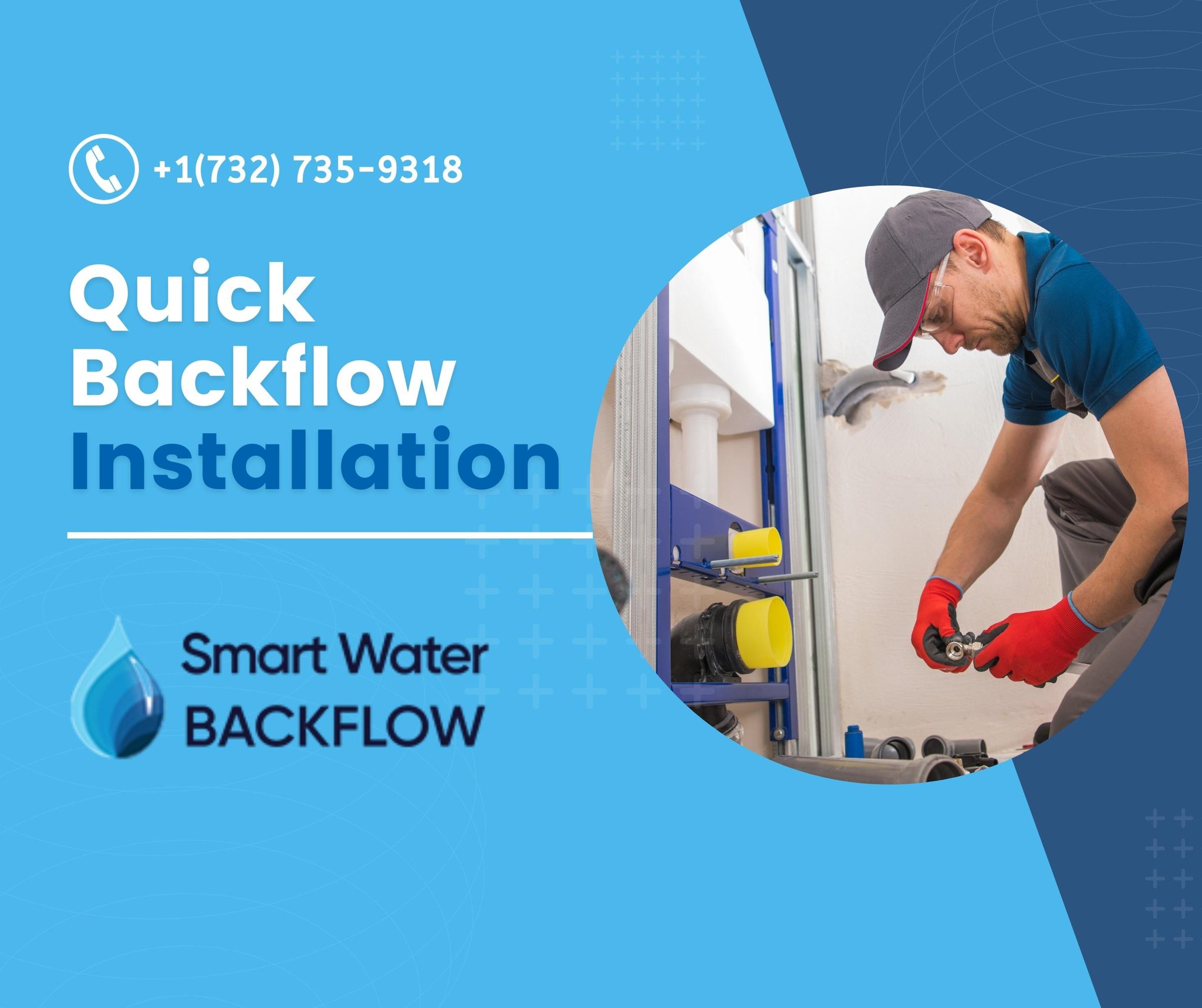Why backflow testing matters

There are lots of reasons to conduct regular backflow testing. Backflow or the reverse flow of contaminated water can lead to tons of health problems. Hence, many health agencies mandate a backflow installation to be done at all residential and industrial units. A backflow prevention mechanism or simply put, a backflow installation can do quite a lot to prevent backflow from occurring. Over the years, backflow prevention has become one of the most important aspects of residential homes, industrial units, and also water supply departments. Backflow can be simply defined as the undesired reverse flow of contaminated water into the potable drinking water system. The contamination of the potable water supply can lead to different potential health hazards and various other diseases. Cross connections are also some of the most vulnerable points in a plumbing system and can be susceptible to a backflow.
Apart from that, the first step to deal with such a problem is comprehensive testing to identify the weak areas in a plumbing system that are the most vulnerable to backflow. That way the entire system can be secured, while also plugging the gaps within it so that the entire system performs efficiently. One of the most effective backflow prevention devices is usually an RPZ device. Any backflow prevention device is essential to the whole system so that no such problem occurs. Another important thing to implement in the backflow prevention assembly is that all the loopholes in the system are completely taken care of. This is the first essential step in trying to implement a system to prevent any form of backflow from contaminating the whole system. Water is maintained at a very delicate pressure point inside the pipes so that it flows to various outlets. Maintaining this pressure is essential so that water only flows one way and that is also one of the most delicate things to maintain inside the whole plumbing system.
But, it often happens that the water inside the pipes freezes over in the winter season, or there is a sudden pressure drop in the plumbing system. In that case, due to the reduced pressure, the water flows back and this reverse flow of contaminated water that was supposed to go out of the house comes in is what essentially constitutes a backflow. For preventing such cases, RPZ valves might come in handy so that the contaminated water does not flow back into the system. Merely installing a backflow prevention tool in the plumbing is not enough, but it also needs regular and thorough maintenance on a set schedule. The essential function of a backflow prevention device is to dump out the contaminated water when the pressure drops inside the plumbing system. The dumping out of the wastewater prevents it from contaminating the entire potable drinking water supply. There are several laws mandated by several health departments of counties, towns, cities, and states to regularly check the installed backflow prevention device to ensure that it remains in the best shape possible and also to ensure that regular RPZ testing services are conducted to be aware of the plumbing system.
Leave a Reply